 A very unsettled horse was leaping toward me and the chances of one or all four feet hitting me was very high. So yes I moved my feet!
A very unsettled horse was leaping toward me and the chances of one or all four feet hitting me was very high. So yes I moved my feet!
In a horse’s world, who moves who’s feet is a clear case of leader. So while Gabe was trying to unload the saddle, or what he perceived as a threat, moving my feet was NOT what I was supposed to do. Getting the horse to move his feet forward is the goal, to achieve that you need to move yours. This simple, but not necessarily easy tactic, will help him find the comfort and leadership he needs.
At that particular moment, it was hard to determine if being on foot was actually a good thing. Not a bronc rider by skill I have been seeking out help from a few experts to get me work through the glitches so Gabe joined me in Montana to ride with Buck Brannaman. If you have read previous articles or seen the movie BUCK then his philosophy will sound familiar “Horsemanship isn’t about working on the horse, it’s about working on you.” A thought that influences my horsemanship and leadership in The Natural Leader programs.
A recent session once again highlighted the similarities between how horses and people can respond in a stressful situation.
She had executed not one but three downward dog stretches, two with a human on her back. While I noticed Sydney’s outward signs of stress I hadn’t taken into account it began when one woman took her lead. Sydney is a big horse and clearly demonstrates confidence in the herd, though like all horses is very sensitive to people’s stress. I should know by now that when Sydney starts these behaviours no matter how comfortable someone says they are, Syd knows better.
Through the first few strides of the team activity Sydney reached out three times to express her concern. On her third polite attempt contribute to the collective experience I suggested we synch the energy of the group with a deep breath, knowing full well that Sydney’s next attempt to communicate with this woman would not be lips only.
What happened next I expect reflects a typical response to a stressful situation. Rather than a deep yoga like breath I was on the receiving end of a verbal attack, apparently I was the source of all the stress. As if I had been bucked off, I stepped back.
While the participants bite was with words I was not about to let Sydney follow through on her promise. I had to shake off the momentary state of shock and step forward and shut the activity down to debrief what was going on.
When we say a horse is our mirror, through the activity Sydney had been reflecting the stress of the entire group, she was clearly demonstrating her vulnerability and that it was more than she could handle. I wish I could say the debrief was excellent, I have since thought of all the things I should have or could have said.
As Patrick Lencioni outlines in The Five Dysfunctions of a Team identifying vulnerability is the heart of creating trust. The work with horses often brings forward the emotions that expose vulnerability, people may miss or misinterpret it, the horses read it loud and clear. The most challenging part of team work is facilitating what shows up and engaging the team in a dialogue that can continue beyond the activities in the arena.
There is no shame in getting bucked off or failing to show up if we learn from what happened. As a leader I should have stepped in sooner to support Sydney. In my role as a facilitator I should have been able to use the situation to get the group talking about stress in the workplace. I recognize I was unprepared for what happened and I didn’t have the skill or experience to handle what showed up. I do now!
I want to be a better horseman, leader and human being. As long as I consider myself to be a work in progress that vulnerability allows room for improvement. The more I remember to step forward in a stressful situation the easier it will be to be confident and assertive even as I am learning. I may not always do exactly the right thing but at least I will be doing something.
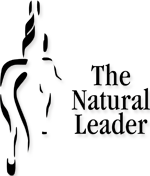
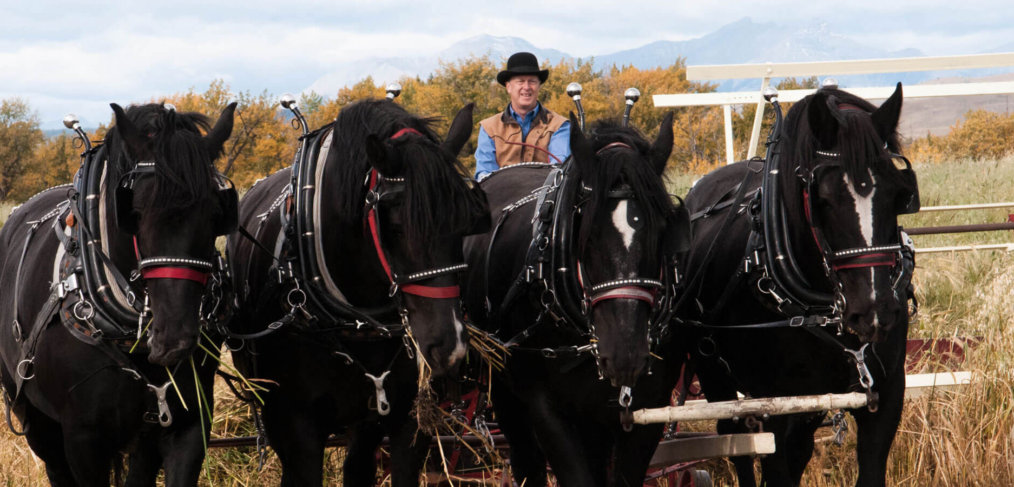
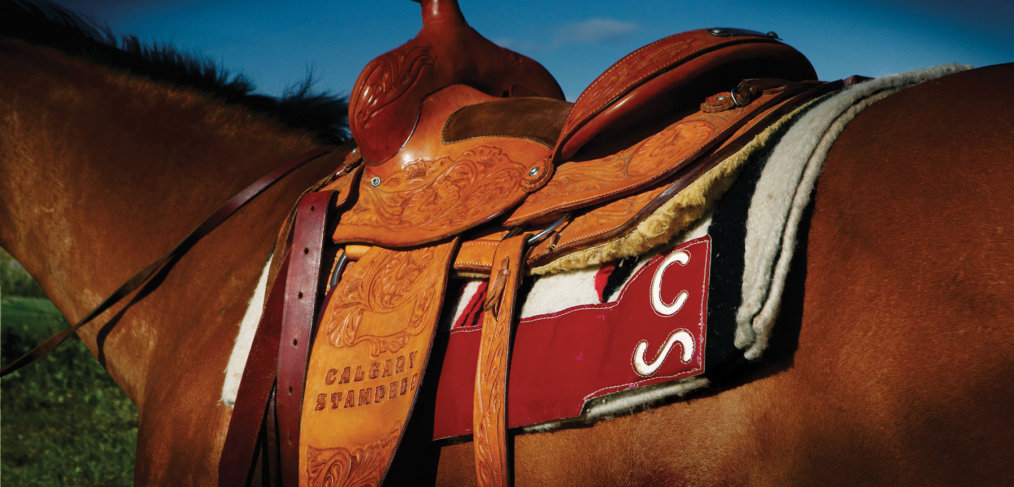
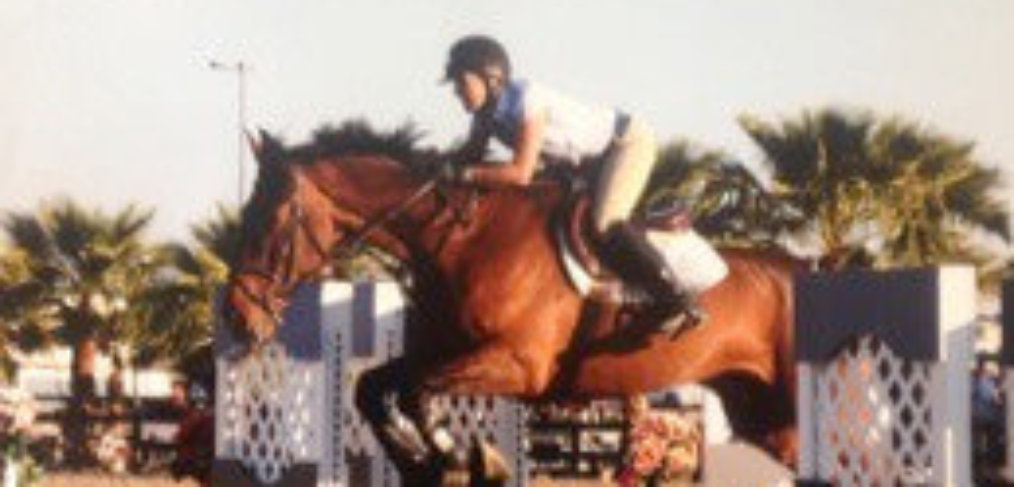
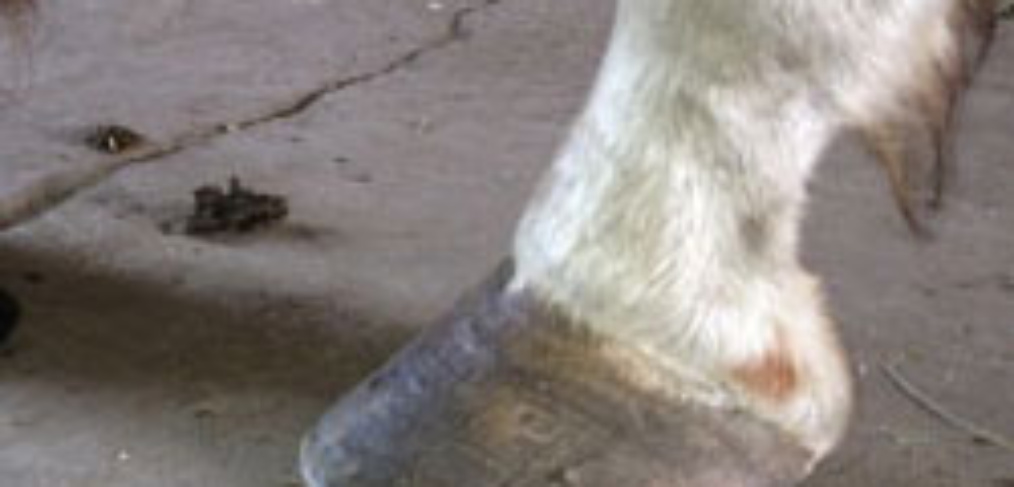


 From our place the view of the mountains is spectacular, some days it feels like you could touch them.
From our place the view of the mountains is spectacular, some days it feels like you could touch them. 
